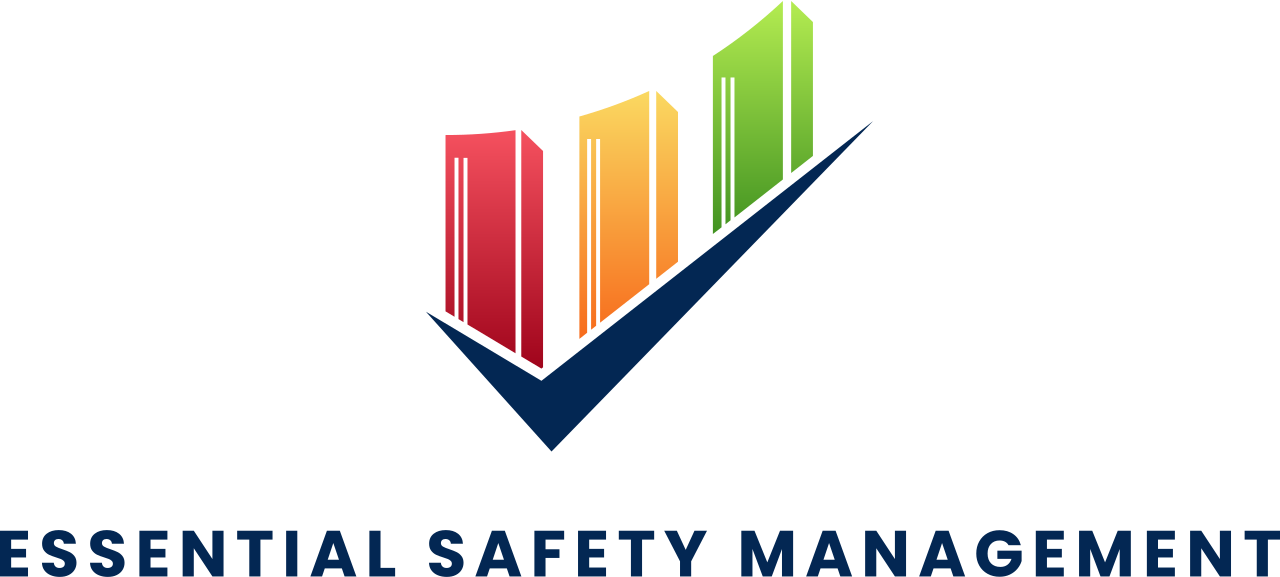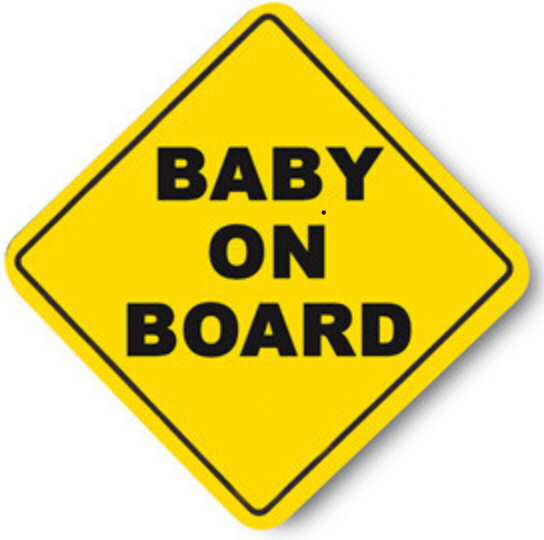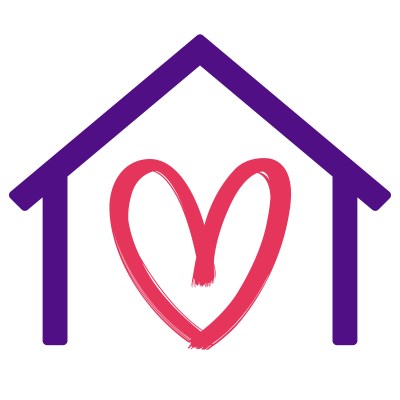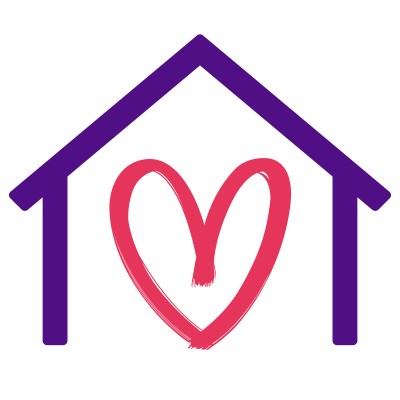Title Page
-
Name of New/Expectant Mother
-
Conducted on
-
Prepared by
-
Is this the first assessment of this pregnancy?
-
What was the date of the last assessment?
-
Recommendations made by Doctor and/or Midwife:
-
Use below link to work out Risk Level: https://www.hse.ie/eng/services/list/4/mental-health-services/mental-health-guidance/self-assessment-process/risk-assessment/
1. Display Screen Equipment (DSE)
-
Does the employee use a computer for long periods of time?
-
Action Required:
-
Risk Level Before:
-
Risk Level After:
-
Further Action Required:
-
Is the DSE work equipment and furniture such as the chair, suitable and comfortable for the employee?
-
Action Required:
-
Risk Level Before:
-
Risk Level After:
-
Further Action Required:
-
Risk: Inappropriate size, layout, or space in relation to the workstation of work area due to increasing size and reduced mobility, dexterity, balance due to pregnancy. How to avoid the Risk: DSE assessments should be revised for new and expectant mothers to avoid problems caused by stress and anxiety and workstation size and set up.
2. Driving to Work
-
Does the employee do a lot of driving as part of their job, such as to go to site, visit clients, or coming to the workplace?
-
Action Required:
-
Risk Level Before:
-
Risk Level After:
-
Further Action Required:
-
Risk: Traveling in the course of your work, and also to and from the workplace can be problematic for expectant mothers, involving risks including fatigue, vibrations, stress, static posture, discomfort and accidents. These risks can have a significant effect on the health of new and expectant mothers. How to Avoid the Risk: New and expectant mothers should avoid sitting in static postures for prolonged periods. Additionally as pregnancy progresses space in the car may become increasingly restrictive and uncomfortable for the expectant mother. Prolonged periods of vibration should also be avoided.
3. Manual Handling
-
Could the employee come into carrying heavy loads?
-
Action Required:
-
Risk Level Before:
-
Risk Level After:
-
Further Action Required:
-
Is the employee aware of safe moving and handling techniques? (Only if absolutely necessary)
-
Action Required:
-
Risk Level Before:
-
Risk Level After:
-
Further Action required:
-
Risk: Expectant mothers are especially at risk from moving and handling injuries. Hormonal changes can affect the ligaments, increasing susceptibility to injury, and postural problems may increase as the pregnancy progresses. There can also be risks for those who have recently given birth. For example, after a caesarean section there is likely to be a temporary limitation on moving and handling capability. How to Avoid the Risk: Alter the nature of the task to reduce risks from moving and handling. This could be for all workers including new and expectant mothers, or you may just have to address the needs of the new and expectant mothers, specifically reducing the amount of physical work she undertakes, or providing mechanical aids to reduce the risks.
4. Physical Agents
-
Does the employee have to sit or stand for long periods of time?
-
Action Required:
-
Risk Level Before:
-
Risk Level After:
-
Further Action Required:
-
Is the employee exposed to excessive cold/heat?
-
Action Required:
-
Risk Level Before:
-
Risk Level After:
-
Further Action Required:
-
Is the employee exposed to awkward/confined spaces?
-
Action Required:
-
Risk Level Before:
-
Risk Level After:
-
Further Action Required:
-
Risk: Confined Spaces - Working in confined spaces, or at workstations which do not adjust sufficiently to take account of the increased abdominal size, particularly during the later stages of pregnancy. This may lead to sprain or strain injuries. Dexterity, agility, co-ordination, speed of movement, reach and balance may also be impaired and an increased risk of accidents may need to be considered.
Sitting - Constant sitting during pregnancy poses a relatively high risk of thrombosis or embolism. In the later stages of pregnancy, women are likely to experience backache, which can be intensified for remaining in a specific position for a long period of time.
Standing - Standing for a prolonged period of time may cause dizziness, faintness and fatigue.
Extremes of Heat and Cold - Expectant mothers that are exposed to prolonged periods in hot environments are at a far greater risk of suffering from heat stress. Working in extreme cold may pose a hazard for expectant mothers and their unborn child. These risks are particularly increased if there are sudden changes in temperature. Also breastfeeding may be impaired by heat dehydration. How to Avoid the Risk: Confined spaces - Introduce or adapt work equipment. Redesign the workstation and/or work area. Redesign the job content.
Sitting - Avoid sitting for long periods. Expectant mothers should have the opportunity to alternate between standing and sitting and to exercise/move to maintain healthy circulation. Regular rest breaks should be provided.
Standing - Avoid standing for long periods of time.
Extremes of heat and cold - Adequate rest breaks and unrestricted access to drinking water should be provided. Also the provision of a desk fan may be necessary. Relocation if possible or adjustment to working hours should be investigated. New and expectant mothers should drink water before they get thirsty, preferably in small and frequent volumes.
5. Slips, Trips and Falls
-
Is the employees work area free from slips, trips and fall hazards?
-
Action Required:
-
Risk Level Before:
-
Risk Level After:
-
Further Action Required:
-
Risk: Major/minor injuries as a result of slips/trips/falls falls which could cause injury both to mother and baby.
How to avoid the risk:
- ensure there are no loose/trailing cables in working environment.
- clear any spillages on floor/stairs.
- awareness of environment, e.g. changes in floor levels and floor surfaces, particularly from wet to dry floors.
- avoid walking in poorly lit areas.
- hold handrails when walking down stairs.
- wear appropriate footwear.
- avoid walking in severe weather conditions such as snow/ice.
- take sensible precautions when using mobile phones, e.g. texting and walking at the same time.
- do not obscure vision when carrying objects.
6. Welfare
-
Is there a rest room or a suitable area for the employee to rest?
-
Action Required:
-
Risk Level Before:
-
Risk Level After:
-
Further Action Required:
-
Has the employee received any advice from the doctor or midwife that has any bearing on her role?
-
Action Required:
-
Risk Level Before:
-
Risk Level After:
-
Further Action Required:
-
Are there any specific welfare issues mentioned by the employee?
-
Action Required:
-
Risk Level Before:
-
Risk Level After:
-
Further Action Required:
-
Is the employee allowed regular breaks?
-
Action Required:
-
Risk Level Before:
-
Risk Level After:
-
Further Action Required:
-
Is the employee allowed to take a comfort break when needed?
-
Action Required:
-
Risk Level Before:
-
Risk Level After:
-
Further Action Required:
-
Does the employee suffer from morning sickness? If so, this may be relevant where early morning shifts are worked, or where there may be exposed to nauseating smells?
-
Action Required:
-
Risk Level Before:
-
Risk Level After:
-
Further Action Required:
-
The employees posture is also significant if varicose veins and/or hemorrhoids develop - the latter also being linked with a hot work environment. Does this pose a risk in the work place?
-
Action Required:
-
Risk Level Before:
-
Risk Level After:
-
Further Action Required:
-
Do nursing mothers have a facility for privately expressing milk?
-
Action Required:
-
Risk Level Before:
-
Risk Level After:
-
Further Action Required:
-
Risk: Rest Facilities - Tiredness increases during and after pregnancy and may be exacerbated by work related factors. Hygiene Facilities - Because of pressure on the bladder and other changes associated with pregnancy, expectant mothers often have to go to the toilet more frequently and urgently than others. Breastfeeding women may also need to, due the increased fluid intake to promote breast milk production. How to Avoid the Risk: Rest Facilities - There must be facilities to sit or lie down in comfort and in privacy. Access to drinking water should also be available. Hygiene Facilities - If necessary measure should be put in place to ensure that new and expectant mothers can leave their workstations at short notice.
7. Stress at Work
-
Is the employee exposed to undue pressure?
-
Action Required:
-
Risk Level Before:
-
Risk Level After:
-
Further Action Required:
-
Risk:
New and expectant mothers can be particularly vulnerable to occupational stressors for a variety of reasons.
- Hormonal, physiological and psychological changes occur and sometimes change rapidly during and after pregnancy, sometimes affecting susceptibility to stress, or to anxiety or depression in individuals
- Financial, emotional and job insecurity may be issues, due to changes in economic circumstances brought about by pregnancy
- It may be difficult to organize work and private life, especially with long, unpredictable or unsocial working hours or where other family responsibilities are involved.
Stress is associated in some studies with increased incidence of miscarriage and also with impaired ability to breastfeed.
Where women have recently suffered loss through stillbirth, miscarriage, adoption at birth, or neonatal death, they will be especially vulnerable to stress, as will women who have experienced serious illness or trauma associated with pregnancy or childbirth.
How to Avoid the Risk: Protective measure may include adjustments to working conditions or working hours, and ensuring that the necessary understanding, support and recognition is available when the women return to work, while her privacy is also respected.
8. Biological
-
Is the employee exposed to any infectious diseases particularly the following:<br>• swine flu<br>• coronavirus disease (covid 19)<br>• rubella (measles)<br>• chickenpox<br>• slapped cheek disease<br>• chlamydia psittaci (from lambs)<br> other (specify)<br>For more information on infectious diseases refer to the Public Health England list of A-Z infectious diseases which can be found on www.gov.uk
-
Action Required:
-
Risk Level Before:
-
Risk Level After:
-
Further Action Required:
-
Risk:
The level of risk will depend on the type of work carried out, the infectious disease the worker is exposed to and the control measures in place. There will be an increased risk of exposure to staff who have contact with;
- Human blood and body fluids
- Infected animals including parrots, turkeys, pigeons, ducks, cats, rodents and sheep as well as household pets.
- Laboratory cultures
- Water or food contaminated by human or animal faeces
- First aid duties
Usually during pregnancy, women are no more likely to catch an infection than at other times, however in some cases, the infection may be more severe in pregnancy. It is important to remember that if the mother does become infected, some infections may be dangerous for the baby.
How to avoid the risk:
When assessing the infection risks to all staff the following should be considered;
- The types of infection likely to be transmitted at work.
- The possible sources of infection.
- The likelihood that a possible source of infection i.e. pet, service user, is actually infected.
- The number of different sources of infection that staff may come into contact with and how often it may occur.
- The control measures already in place to protect employees.
- The medical history of the employee.
- The history of previous infection or immunization.
- The need for suitable information, instruction and training for employees which may help them to prevent or reduce the risk from infection.
9. Chemical Agents
-
Is the employee exposed to any chemical agents? (Check COSHH risk assessments and chemical datasheets)
-
Action Required:
-
Risk Level Before:
-
Risk Level After:
-
Further Action Required:
-
Is the employee exposed to cigarette smoke?
-
Action Required:
-
Risk Level Before:
-
Risk level After:
-
Further Action Required:
-
Risk:
Hazardous substances - Some substances are classified with the following warnings: - R61 may cause harm to the unborn child, R63 possible risk of harm to the unborn child & R64 may cause harm to breastfed babies. However, the actual risk to health of these substances is determined by how they are used in the workplace.
How to avoid the risk:
Hazardous substances - All hazardous substances should have a COSHH assessment carried out upon it. COSHH data sheets should be supplied by the chemical company and COSHH assessment then carried out and the appropriate control measure put in to place.
Completion Form
-
New/Expectant Mother
-
Next Review Date:













